Hummingbirds are a joy to watch, with their vibrant colors and incredible flying skills. They are regular visitors to gardens and feeders across North America, especially in the warmer months. However, many people are noticing fewer hummingbirds this year, sparking concern among bird enthusiasts and researchers alike. If you’ve found that fewer hummingbirds are visiting your feeder, or even just one is showing up, you’re not alone. This article will explain some of the reasons for the decline in hummingbird sightings in 2024, focusing on locations like Canada and California, and what you can do to support these beautiful creatures.
Why Are There Fewer Hummingbirds This Year in Canada?
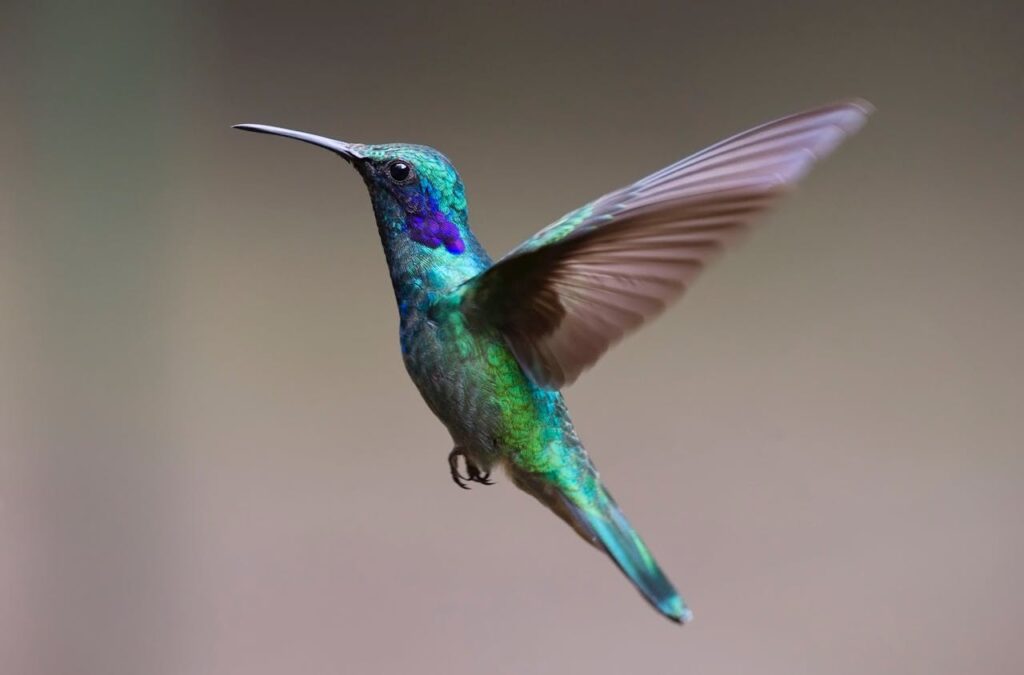
Canada is home to several hummingbird species during the spring and summer months, including the Ruby-throated Hummingbird in the eastern regions and the Rufous Hummingbird in the west. However, there have been reports of fewer sightings across the country in 2024. Here are some possible reasons why:
Climate Change and Weather Patterns
One of the primary factors contributing to fewer hummingbirds in Canada this year is the impact of climate change on weather patterns. Warmer temperatures in some areas and cooler, rainier conditions in others may disrupt the hummingbirds’ migration routes and nesting behavior. Hummingbirds are highly sensitive to environmental changes, and unpredictable weather can delay or alter their migration, meaning they might not reach certain regions in the numbers they usually do.
For example, cooler-than-normal springs can reduce the availability of nectar-producing flowers that hummingbirds rely on for food. If hummingbirds arrive in an area and find fewer flowers blooming, they might move on or fail to thrive.
Drought Conditions
Droughts are another issue affecting hummingbird populations in parts of Canada. Prolonged dry periods can reduce the availability of nectar-producing plants and insects, which are essential for hummingbirds’ survival. In areas where drought is severe, hummingbirds may skip over regions they usually visit in search of better foraging grounds.
Why Are There Fewer Hummingbirds This Year in California?
California is home to a variety of hummingbird species, including the Anna’s Hummingbird and the Black-chinned Hummingbird. However, like in Canada, many people have noticed a decline in hummingbird activity at their feeders and gardens this year. Here are some of the reasons:
Wildfires and Habitat Loss
California has been plagued by wildfires in recent years, and the destruction of natural habitats has had a significant impact on local wildlife, including hummingbirds. Fires destroy trees, shrubs, and wildflowers that provide vital food and shelter for hummingbirds. Even if an area recovers from fire damage, it can take time for plants to regenerate and support the same biodiversity, leading to fewer hummingbirds returning to those areas.
Urban Development
Urban sprawl and development continue to encroach on natural habitats across California. As more land is cleared for housing, agriculture, or commercial development, the habitats that hummingbirds rely on for food, nesting, and migration are diminished. This loss of habitat forces hummingbirds to seek food and shelter elsewhere, reducing their presence in certain areas.
Extreme Weather
California’s erratic weather patterns, including severe droughts followed by intense rainstorms, can disrupt the availability of food sources for hummingbirds. Prolonged dry periods reduce the availability of nectar-rich plants, while heavy rains can wash away flowers or make it difficult for hummingbirds to forage.
Why Are There Fewer Hummingbirds in 2024?

The overall decline in hummingbird sightings in 2024 can be attributed to a combination of factors that affect their food sources, migration patterns, and habitats. Some of the key reasons include:
Changes in Migration Patterns
Hummingbirds are migratory birds, and they travel thousands of miles each year between their breeding grounds in North America and their wintering grounds in Central and South America. Changes in weather patterns, such as warmer winters or delayed springs, can disrupt their migration schedules. If certain regions experience prolonged cold or warm periods, it can affect when and where hummingbirds migrate, leading to fewer sightings in some areas.
Food Scarcity
Hummingbirds rely heavily on nectar from flowers and small insects for sustenance. If there is a scarcity of flowers due to drought, cold weather, or habitat destruction, hummingbirds may not find enough food to support their populations. This could lead to fewer hummingbirds surviving the journey or deciding to skip over regions where food is insufficient.
Increased Competition for Resources
In areas where resources are limited, hummingbirds may face increased competition with other birds and insects. This can be particularly true at feeders, where multiple hummingbirds or other birds may compete for a limited amount of nectar. If your feeder is not refilled regularly or the food source is low, fewer hummingbirds may visit.
Hummingbirds Not Coming to Feeder Anymore?
If you’ve noticed that hummingbirds have stopped visiting your feeder or that fewer birds are coming, there could be several reasons behind this:
Seasonal Changes
As the seasons change, hummingbirds naturally adjust their feeding patterns. During migration, they may visit feeders more frequently as they build up energy for their long journey. However, once they reach their breeding grounds or begin their migration back to warmer climates, they may reduce their visits or disappear altogether. If hummingbirds are not coming to your feeder, it may simply be that they’ve moved on.
Feeder Maintenance
Hummingbirds are sensitive to the cleanliness and quality of the food provided at feeders. If your feeder has become dirty or the nectar is old, they may avoid it. It’s essential to clean your feeder regularly, ideally every 2-3 days in hot weather, and refill it with fresh sugar water (1 part sugar to 4 parts water, no red dye needed). A clean feeder ensures that the nectar doesn’t spoil, which can harm hummingbirds.
Availability of Natural Food Sources
During certain times of the year, hummingbirds may find abundant natural food sources like blooming flowers or insects, making them less reliant on feeders. If you notice fewer hummingbirds at your feeder, it could be that they’ve found another source of food nearby.
Why Do I Only Have One Hummingbird Coming to My Feeder?
If only one hummingbird is visiting your feeder, it could be due to territorial behavior. Hummingbirds, especially males, are known to be highly territorial and will aggressively defend their feeding territory from other birds. If you see only one hummingbird, it’s possible that it’s driving other hummingbirds away from your feeder. Here’s what you can do:
Add More Feeders
Try placing multiple feeders in different areas of your yard. This can reduce competition and encourage more hummingbirds to visit without being chased away by a dominant bird.
Provide More Flowering Plants
Planting a variety of nectar-rich flowers can help attract more hummingbirds and spread them out, reducing the chances of territorial conflicts.
Why Do Hummingbirds Stop Coming to Feeders After Rain?
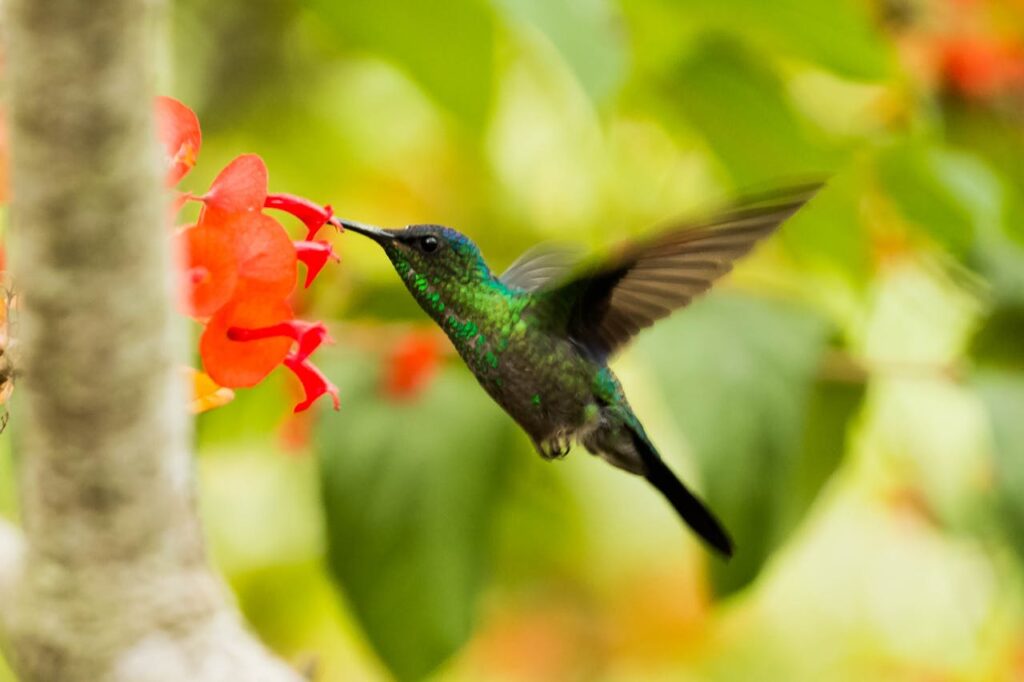
Hummingbirds may reduce or stop their visits to feeders after heavy rain for a few reasons:
Rain and Flight Challenges
Hummingbirds are small, lightweight birds, and flying in heavy rain can be difficult for them. They might choose to seek shelter during rainstorms and wait for the weather to clear before resuming their feeding.
Rain-Diluted Nectar
Rain can dilute the nectar in feeders, making it less appealing or even undrinkable for hummingbirds. If your feeder is exposed to rain, make sure to check the nectar after a storm and replace it with fresh sugar water.
Temporary Abundance of Water and Food
After a rainstorm, hummingbirds may find that the environment provides more natural water sources, such as puddles or dew-covered plants, and blooming flowers may release more nectar. This temporary abundance of natural food and water may reduce their reliance on feeders.
Conclusion
The decline in hummingbird sightings in 2024 can be attributed to several environmental factors, including climate change, habitat loss, and shifting weather patterns. In places like Canada and California, hummingbirds face challenges such as wildfires, drought, and increased competition for resources. If you’ve noticed fewer hummingbirds or even just one at your feeder, it could be due to seasonal changes, territorial behavior, or food scarcity.
To encourage more hummingbirds to visit your garden, ensure that your feeder is clean and filled with fresh nectar, provide multiple feeders to reduce competition, and plant native, nectar-rich flowers to create a hummingbird-friendly environment. By understanding the challenges hummingbirds face and adapting your feeding practices, you can help support these beautiful creatures as they navigate an ever-changing world.
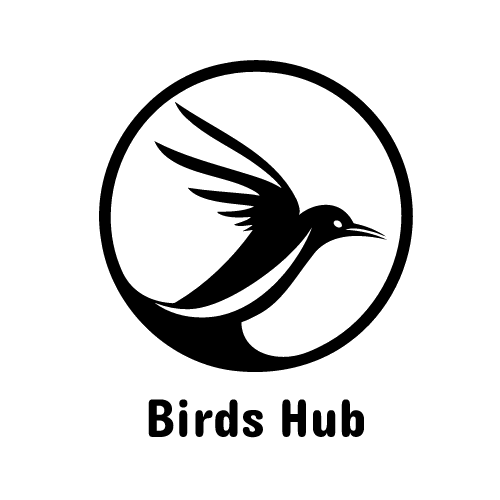
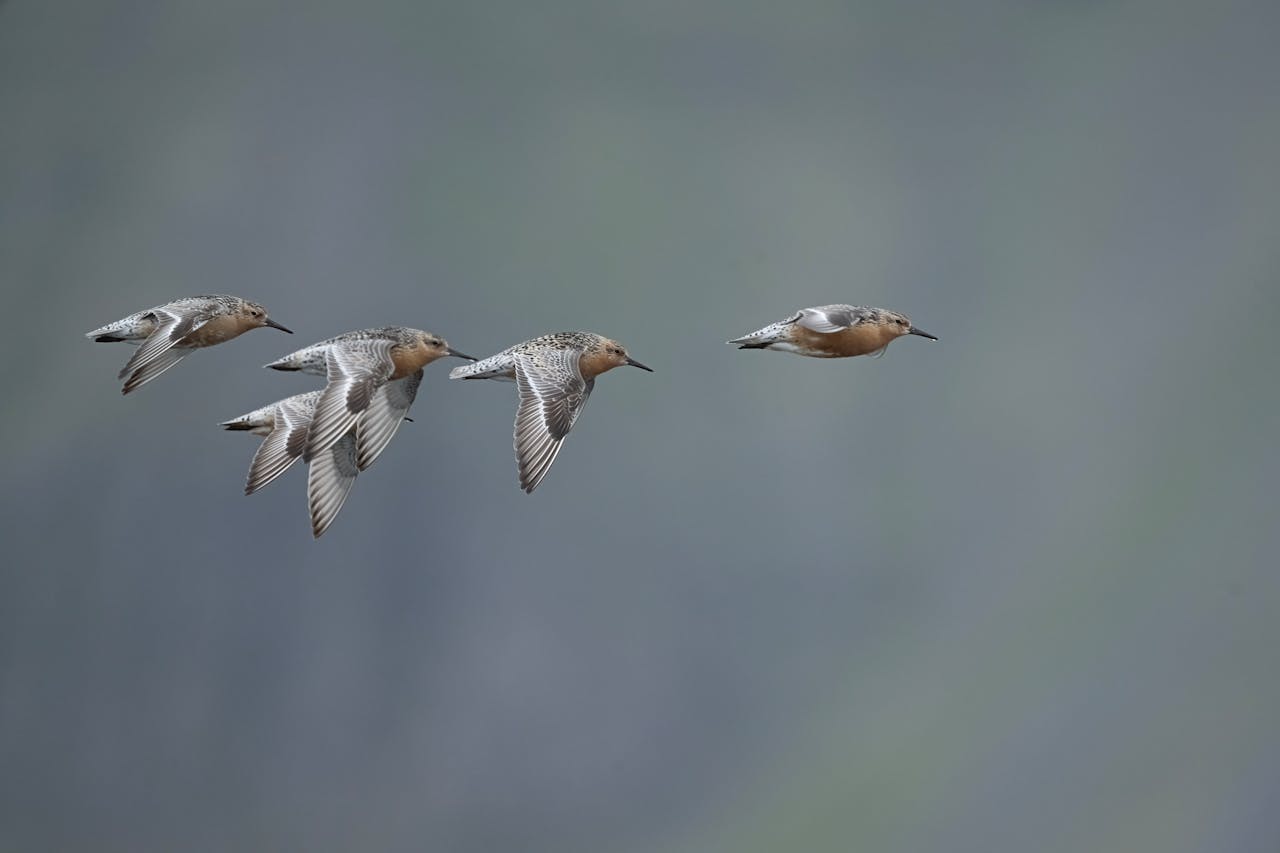
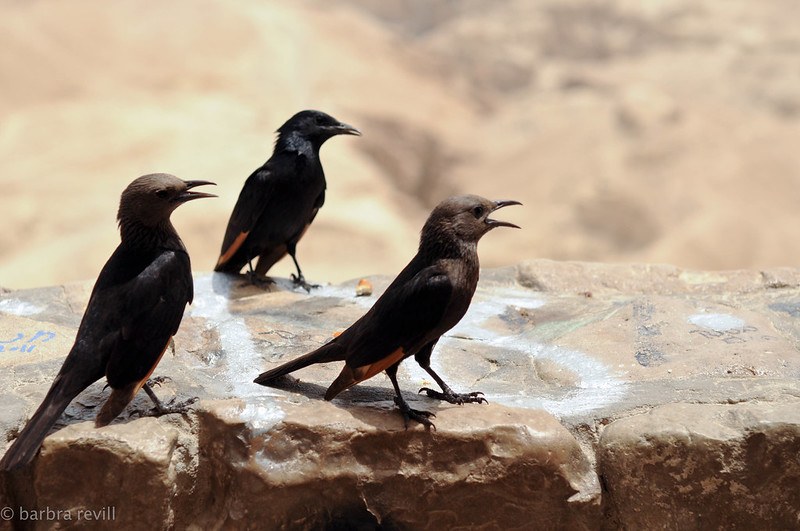

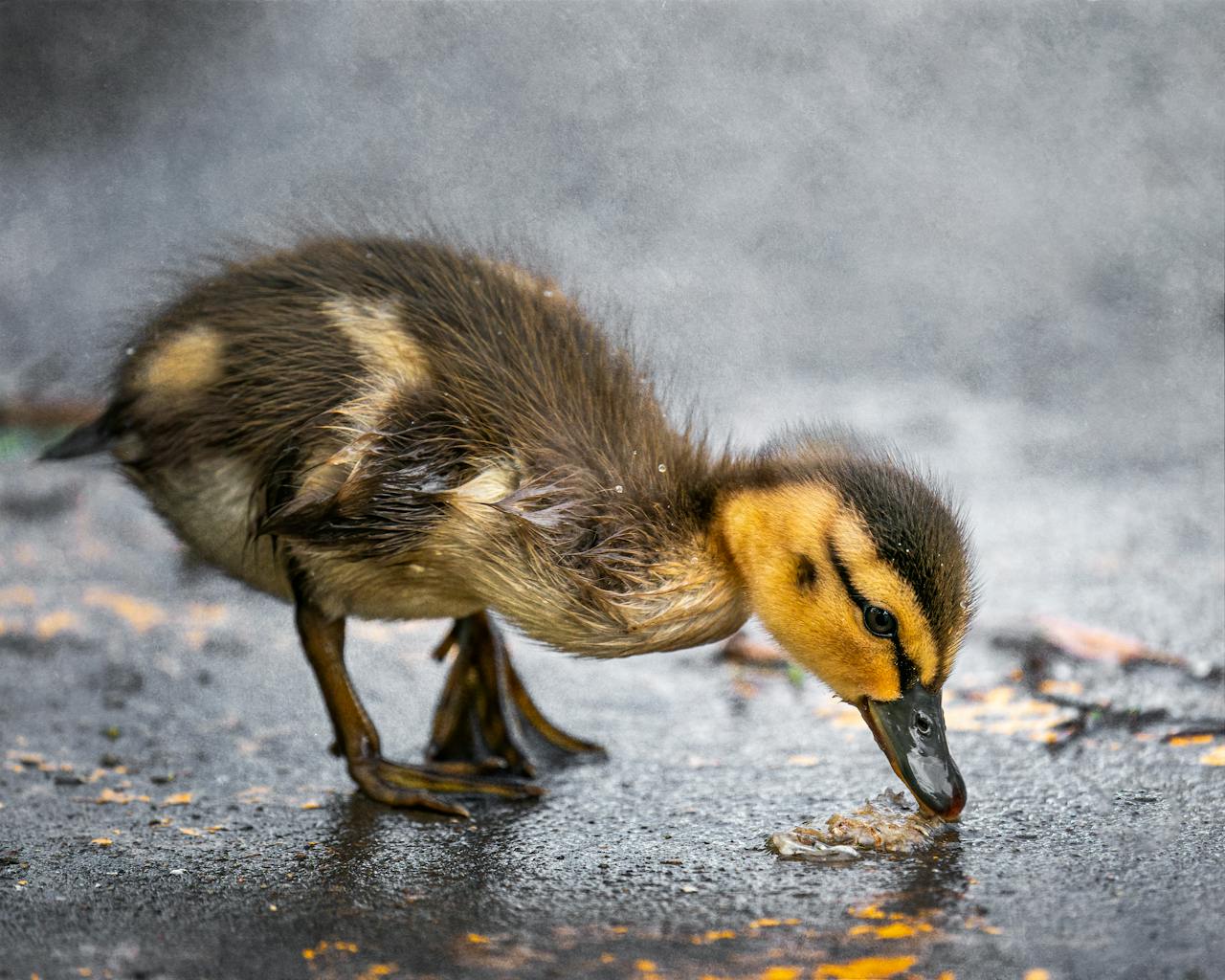
Leave a Reply